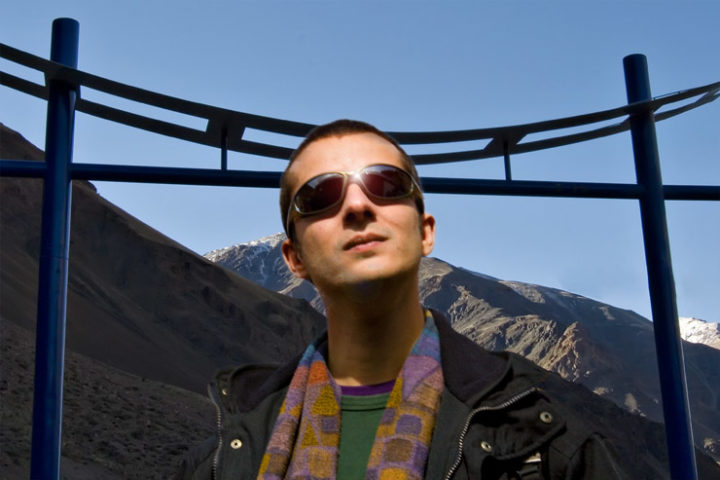VISUAL ARTS: PHOTOGRAPHY
Photographs by Boldy Tapales/Text by Karina Santillan
Sometimes, you enter a place, and somehow you are imbued with a feeling, a sensibility, an experience that you have penetrated a space you could call sacred. Different from the day-to-day, the mundane.
Maybe, a feeling of peace comes over you, of being protected, comforted, reassured. Maybe a feeling of making contact with something deep and meaningful A communion with the best of oneself, a connection with the world. You feel recharged, renewed, connected to your best aspirations and hopes and wishes for yourself or your loved ones. It is an indescribable feeling, but one that leaves an indelible mark.
These are spaces or places that allow us to make contact with what we could call–the sacred or divine, space which is experienced as markedly different from the everyday and mundane.
Sacred groves, caves and mountains for the ancients. Temples and churches erected by the different religions delineating a space conducive to commune with their gods, holy ones and boddhisattvas. A sacred space could be something personal, like one’s home or a special place where one has felt singular happiness and joy, is charged with great meaning and to which we return to evoke its special charge.
What is Sacred Space? Whether human-made or springing from the natural world, a sacred Space connects us to another reality
In his book, The Sacred and the Profane: The Nature of Religion, Mircea Eliade defines the sacred as that which is the opposite of the profane. We become aware of the Sacred because it manifests itself, shows itself, as something wholly different from the Profane.
Eliade goes on to say that the experience of sacred space makes possible the founding of the “world”–where the sacred manifests itself in space and another reality unveils itself”.
He observes that while contemporary people believe the world is entirely profane, or secular, they still at times find themselves connected to the memory of something sacred. This drives Eliade’s exhaustive exploration of the sacred—as it has manifested in space, time, nature and the cosmos, and life itself.
He posits that the history of religions makes contact with that which is essentially human: the relation of man to the sacred. And as such, the history of religions can play an important role in the crisis we are living through. The crises of modern man are to a large extent religious ones, insofar as they are an awakening of his awareness to an absence of meaning.
Perhaps, when we go to our churches and temples, to our sacred spaces, to pray or to worship our gods, to reflect, or meditate, to ask for that which we truly need…we also experience the sacred within us, and which is also in others.
In this collection, the photographer tries to capture that special atmosphere of those spaces, human-made, places created to bring out our best hopes and aspirations.
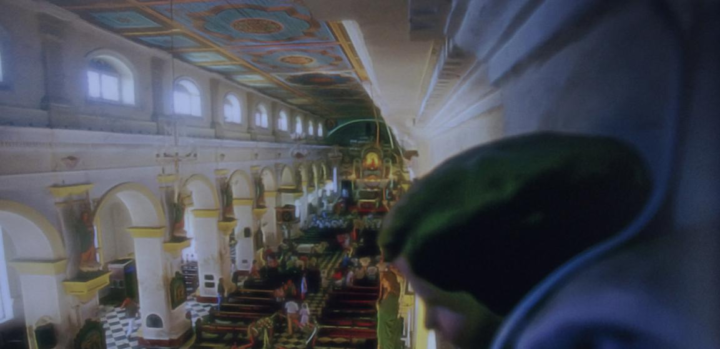
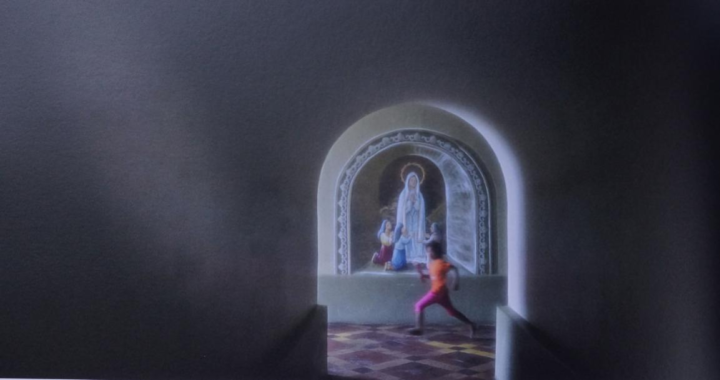
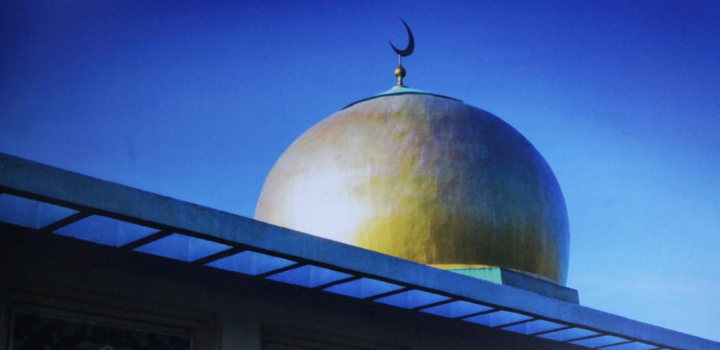
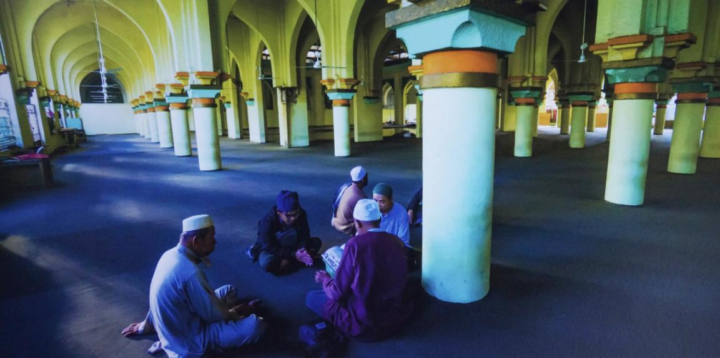
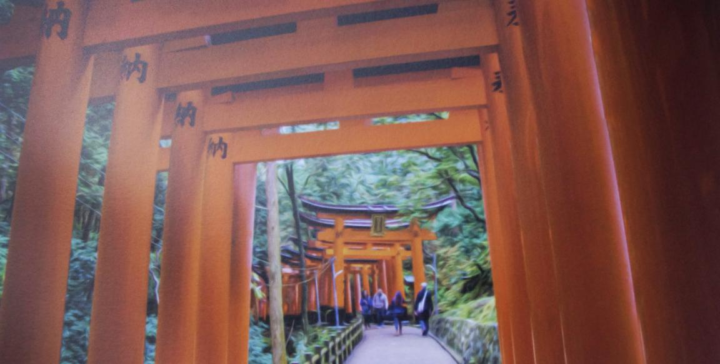
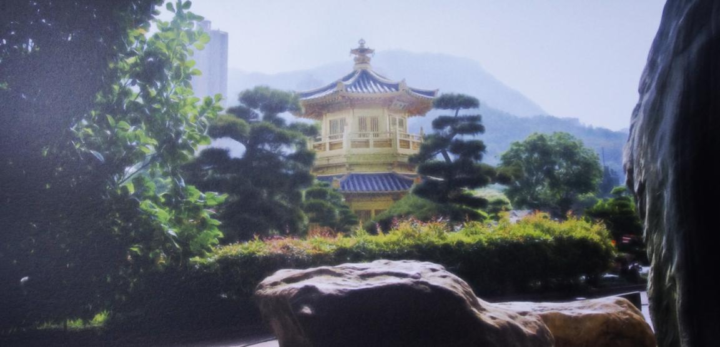
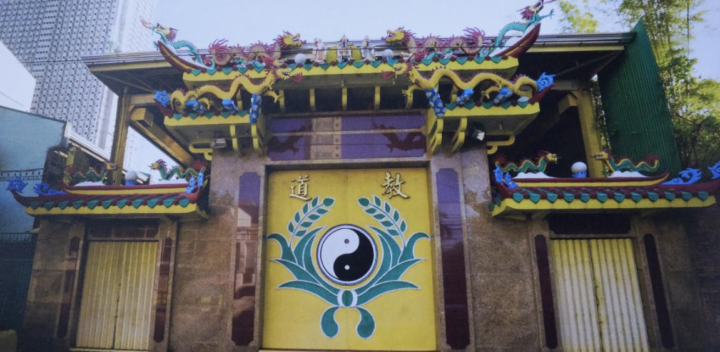
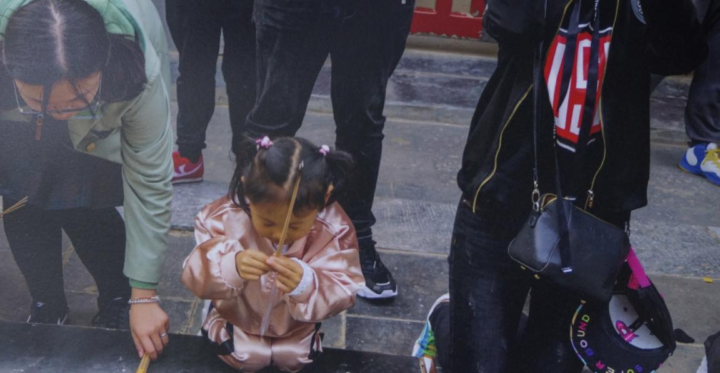

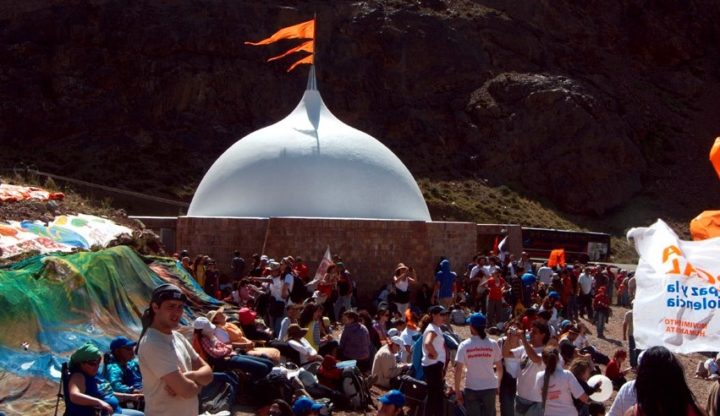
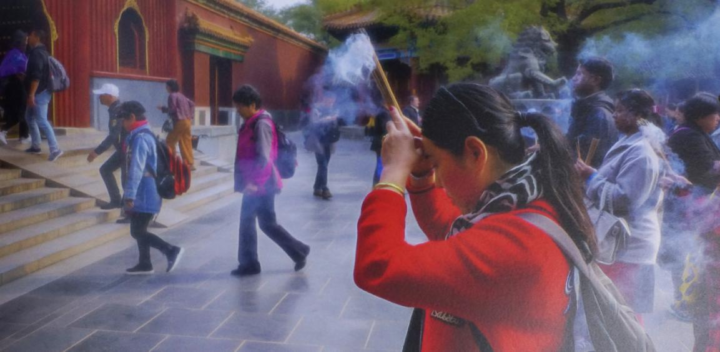
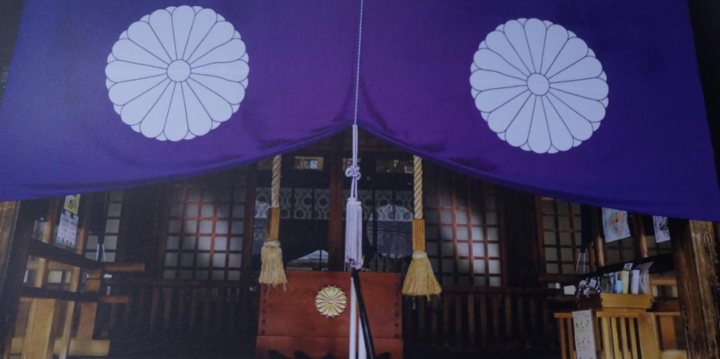
Footnotes: 1. St Catherine of Alexandria, Cebu, Philippines 2. Manila Cathedral 3&4. Quiapo Moslem Church 5.Fushimi Inari Taisha, Kyoto Japan 6. Nan Lian Garden, Hong kong 7. Taoist Temple, Malate, Manila 8. Lama Temple, Beijing 9. Fountain at La Reja Park of Study and Reflection, Argentina 10. Punta de Vacas Park of Study and Reflection, Argentina 11. Lama temple, Beijing 12. Hokkaido Shrine, Tongu
About the Photographer and Writer:
Boldy Tapales, veteran Filipino photographer and film director. His photographs have graced many magazines and books, and he has shot commercials that have won awards.
Karina Santillan is a volunteer editor for Asia, Pressenza.


